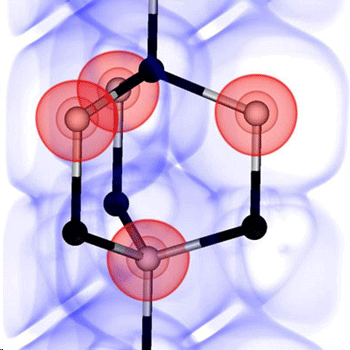|
NOVIDADES
Researchers create first significant examples of optical crystallography for nanomaterials. Researchers at the University of Illinois at Urbana-Champaign have developed a novel way to determine crystal type based on optics by identifying the unique ways in which these crystals absorb light. "This new ability eliminates the need for slow and expensive X-ray equipment, as well as the need for large quantities of materials that must be extensively purified," explained Andrew M. Smith, an assistant professor of bioengineering and principle investigator for the project. "These theoretical and experimental insights provide simple and accurate analysis for liquid-dispersed nanomaterials that we think can improve the precision of nanocrystal engineering and also improve our understanding of nanocrystal reactions."  Nanocrystals are composed of hundreds to thousands of precisely aligned atoms that regulate how light is absorbed and emitted. At specific light wavelengths, the crystal structure can be measured by the pattern of light absorption. Image: University of Illinois at Urbana-Champaign "The results are even more clear than with standard materials characterization methods," stated Sung Jun Lim, a postdoctoral fellow in Smith's research group and first author of the paper appearing in Nature Communications ("Optical Determination of Crystal Phase in Semiconductor Nanocrystals"). "In this study, we identified optical signatures of cubic and hexagonal phases in II-VI nanocrystals using absorption spectroscopy and first-principles electronic-structure theory. We observed that high-energy spectral features allow rapid identification of phase, even in small nanocrystals around two nanometers in diameter, or just several hundred atoms." According to André Schleife, an assistant professor of materials science and engineering and co-author of the study, the tight integration of accurate experimentation and cutting-edge theoretical spectroscopy realized in this work is a showcase for modern nanoscale research. The optical crystallographic analysis technique that resulted from this collaboration provides a new and powerful ability to continuously measure phase during synthesis or processing in solution by absorption spectroscopy, which can be more simple, rapid, high-throughput, and potentially more accurate for structural characterization compared with solid phase X-ray techniques. University of Illinois College of Engineering. Posted: May 18, 2017. |
|||||||||||||||||||||||||